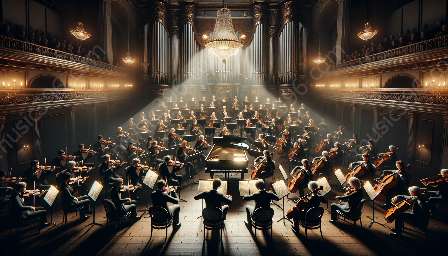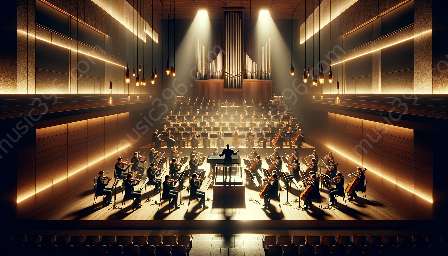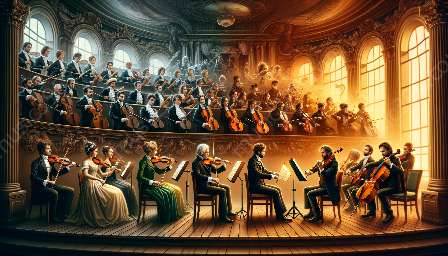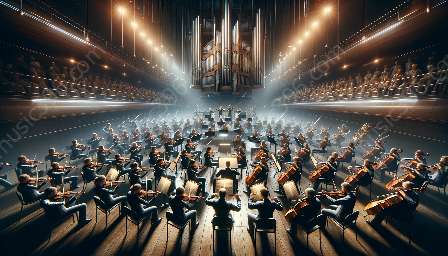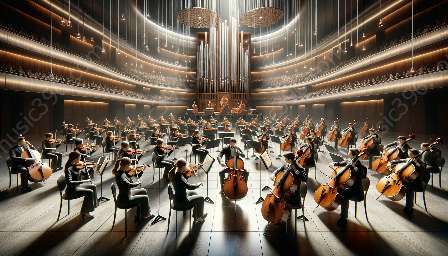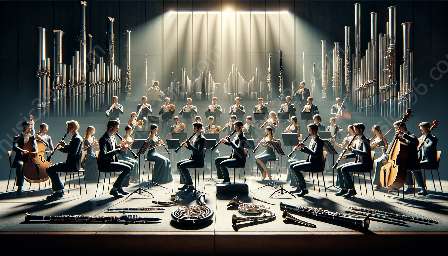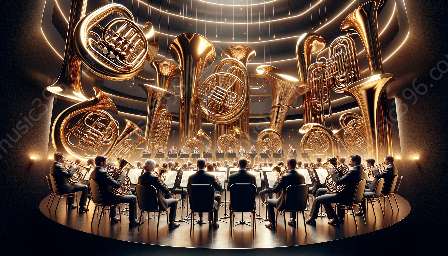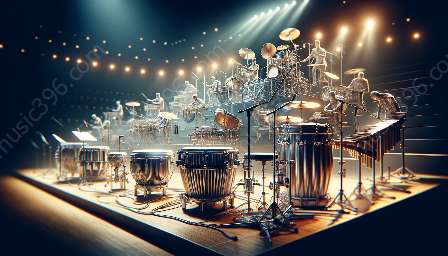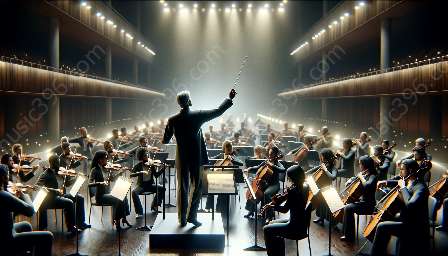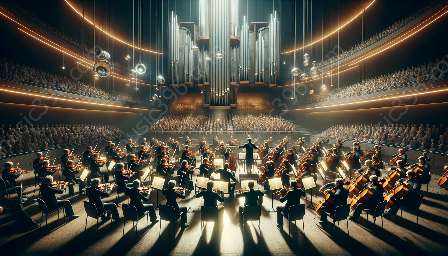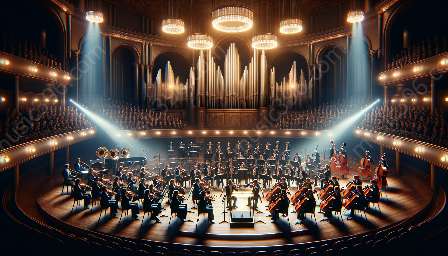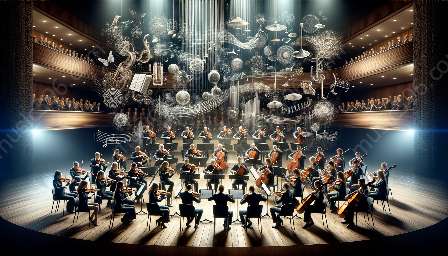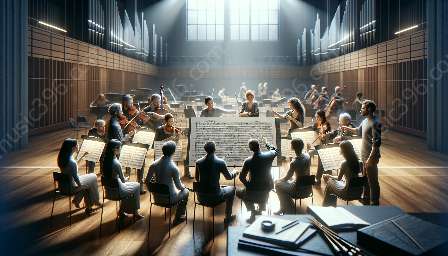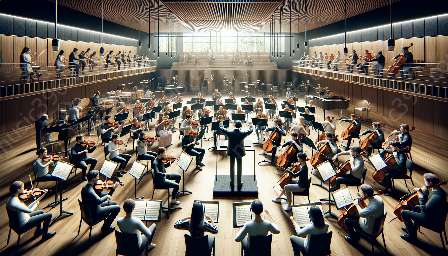When it comes to symphonic compositions, orchestration plays a crucial role in creating a sense of drama and tension. Symphonic orchestration involves the arrangement and combination of different musical elements to evoke emotions and captivate audiences.
The Role of Orchestration in Symphonic Compositions
Orchestration refers to the art of arranging music for an orchestra, determining which instruments play which notes, and at what volume. One of the primary objectives of orchestration is to evoke specific emotions and create a captivating musical experience for the listeners. In the context of symphonic compositions, the role of orchestration becomes even more significant, as it requires a deep understanding of how to manipulate the different instruments to create drama and tension.
Building Tension through Instrumentation
Symphonic orchestration allows composers to utilize the full range of orchestral instruments to build tension in a composition. By strategically introducing different instruments, composers can create a sense of anticipation and suspense, leading the audience through an emotional journey. For example, the use of brass and percussion instruments can add intensity and power to certain segments of the composition, heightening the dramatic effect.
Contrast and Dynamics
Another crucial aspect of orchestration in creating drama and tension is the manipulation of contrast and dynamics. By varying the volume, tempo, and texture of the music, composers can generate tension and release within the composition. The juxtaposition of loud, bombastic passages with quieter, more subdued moments can create a captivating sense of drama, keeping the audience engaged and emotionally invested.
Color and Texture
Symphonic orchestration also allows composers to play with the color and texture of the music. By combining different orchestral timbres and textures, composers can create rich and layered compositions that evoke a wide range of emotions. Utilizing the timbral capabilities of individual instruments, as well as experimenting with different instrumental combinations, adds depth and complexity to the composition, intensifying the overall dramatic effect.
Enhancing Narrative and Emotion
Effective orchestration contributes to the narrative and emotional arc of a symphonic composition. Through skillful orchestration, composers can guide the listener through a series of musical motifs and themes, weaving a compelling musical narrative. By manipulating orchestral elements, such as melody, harmony, and rhythm, composers can evoke a wide spectrum of emotions, from tension and apprehension to triumph and resolution.
Case Studies: Examples of Dramatic Orchestration
To illustrate the role of orchestration in creating drama and tension, let's explore some renowned symphonic compositions that showcase exemplary orchestral techniques:
- Beethoven's Symphony No. 5: Beethoven masterfully utilizes orchestration to build tension through the iconic four-note motif, gradually introducing new instruments and expanding the orchestral texture to create a sense of urgency and drama.
- Mahler's Symphony No. 6: Mahler's skillful orchestration employs a wide range of orchestral colors and dynamics to evoke intense emotions, with dramatic contrasts and powerful orchestrations contributing to the overall impact of the composition.
- Stravinsky's The Rite of Spring: Stravinsky's groundbreaking orchestration in The Rite of Spring revolutionized symphonic composition, utilizing unconventional combinations of instruments and rhythmic complexities to create a palpable sense of tension and suspense.
The Collaborative Nature of Orchestration
Orchestration is inherently a collaborative process that involves a deep understanding of each orchestral instrument's capabilities and characteristics. Composers work closely with orchestrators and conductors to bring their musical vision to life, leveraging the unique qualities of each instrument to sculpt the desired emotional landscape.
Conclusion
In conclusion, orchestration plays a pivotal role in creating drama and tension in symphonic compositions. Through strategic instrumentation, manipulation of dynamics, and exploration of color and texture, composers can craft immersive musical experiences that elicit powerful emotional responses from the listeners. Symphonic orchestration is a dynamic and multifaceted art form, enriching the sonic tapestry of symphonic compositions and contributing to the timeless impact of orchestral music.

